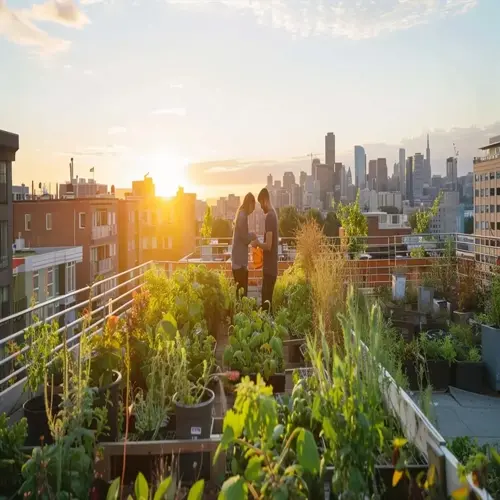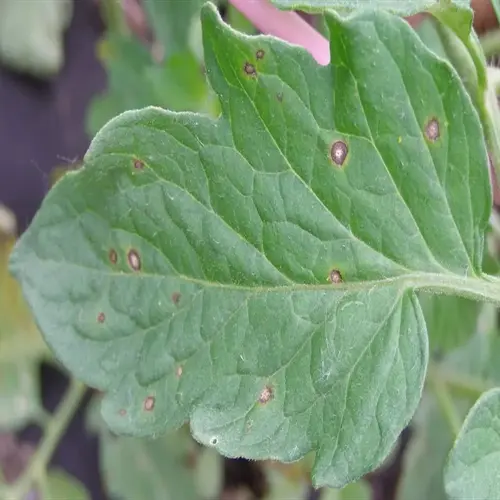How often should I fertilize vegetables?

Written by
Nguyen Minh
Reviewed by
Prof. Samuel Fitzgerald, Ph.D.Fertilization schedules for vegetables vary significantly according to the type of plant and its stage of growth. I test the soil every spring, adjusting the nutrients according to the crop rotation. Leafy greens need nitrogen in the early stages, but tomatoes need a balanced fertilizer during bloom. Careful attention to plants will eliminate deficiency without injury from over-fertilization.
Leafy Greens
- Apply high-nitrogen fish emulsion at planting
- Side-dress every 3 weeks during rapid growth
- Stop fertilizing 2 weeks before harvest
Fruiting Vegetables
- Use balanced 5-5-5 fertilizer at flowering onset
- Add potassium-rich wood ash when fruits form
- Liquid seaweed every 2 weeks boosts production
Root Crops
- Focus on phosphorus at seed sowing
- Avoid nitrogen excess causing leafy tops
- Rock phosphate supports root development
Legumes
- Minimal nitrogen needed
- Add phosphorus at flowering
- Excess nitrogen reduces bean production
Interpret plant signals to time fertilization correctly. Tomatoes exhibit nitrogen deficiency, as indicated by yellowing lower leaves, and purple stems indicate phosphorus deficiency. I use a soil test kit and take periodic spot checks when plants appear to be stressed. This early approach prevents large nutrient deficiencies.
Apply soil amendments, which release nutrients slowly and consistently into the soil. My mixture of compost and kelp meal is an excellent, balanced natural fertilizer. For instant amendments, try a liquid fish emulsion, which quickly addresses insufficient nitrogen in the soil. Avoid chemical fertilizers, which kill soil microbes that provide health to plants.
To begin with, start with simple monthly nutrition, focusing on one crop type. Try lettuce with fish emulsion applications every third week. My first season using targeted fertilizer applications doubled yields without burning the plants. This success marked the beginning of my soil-first gardening philosophy.
Read the full article: 10 Essential Vegetable Garden Planning Steps

